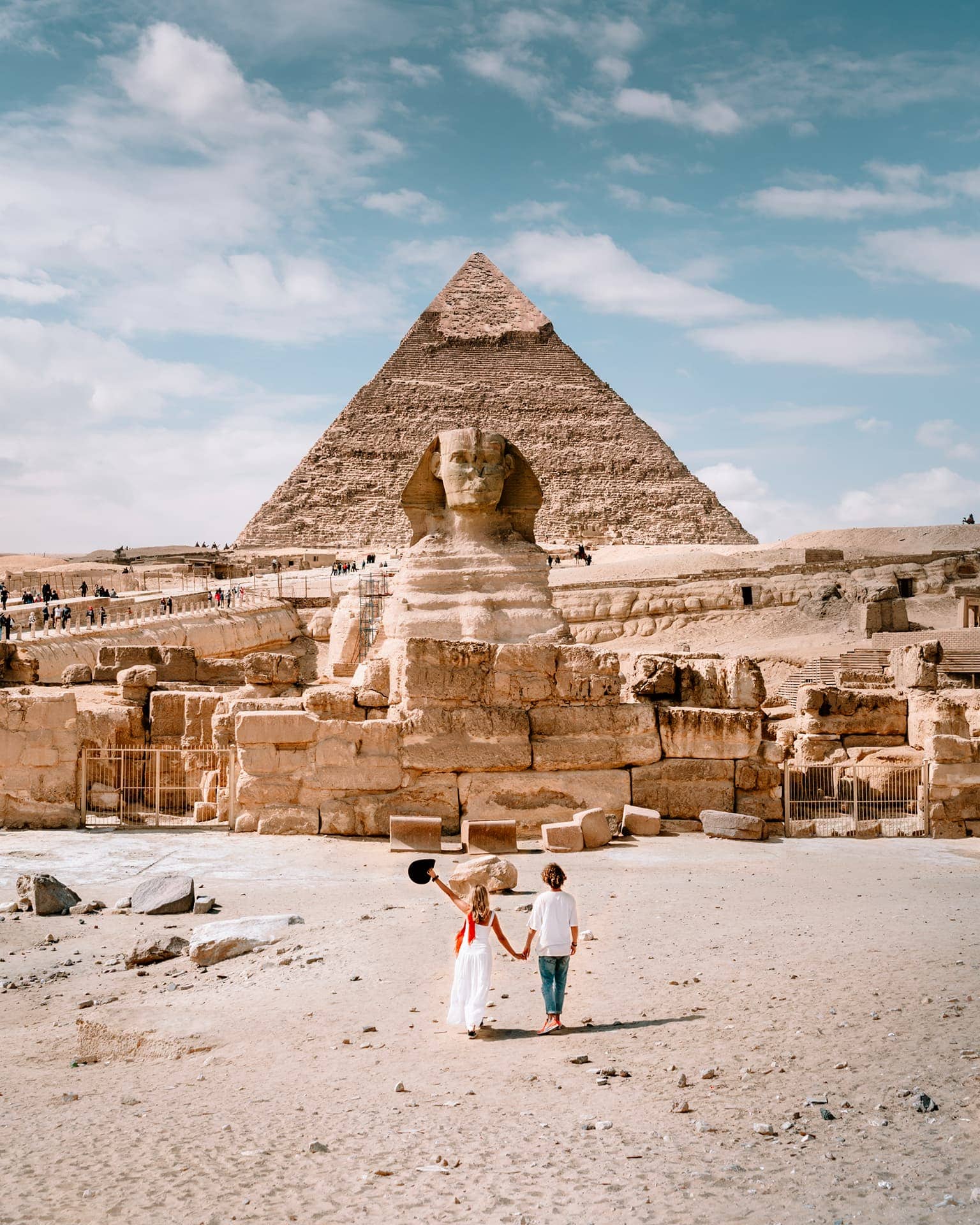the Citadel of Qaitbay
The Citadel of Qaitbay, also known as the Fort of Qaitbay, is a 15th-century defensive fortress located on the Mediterranean sea coast in Alexandria, Egypt. Here are the fascinating aspects of this historical site:
History and Origins:
The Citadel was built from 1477 to 1479 AD (882–884 AH) by Sultan Al-Ashraf Sayf al-Din Qa’it Bay.
It stands on the eastern side of the northern tip of Pharos Island, guarding the entrance to the Eastern Harbour.
The Citadel played a crucial role in Alexandria’s fortification system during the 15th century AD.
Lighthouse of Alexandria:
The Citadel occupies the site of the former Lighthouse of Alexandria, which was one of the Seven Wonders of the Ancient World.
After the Arab conquest of Egypt, the lighthouse underwent structural modifications but continued to function for centuries.
Restoration efforts began around 880 AD during the period of Ahmed Ibn Tulun.
However, earthquakes in the 11th century caused damage to the octagonal part, leaving only the bottom intact.
By the 15th century, Sultan Qaitbay fortified the area against the Ottoman threat by building the fortress and placing a mosque inside it.
Fortifications and Design:
The Citadel is square-shaped, covering an area of approximately 17,550 square meters.
An outer wall with defense towers surrounds the building.
An inner wall encloses the citadel’s courtyard, housing rooms used as barracks and for storage.
The main tower, located in the northwest, is a massive three-floored square fort.
Each corner of the tower features half-circular towers with protruding balconies for city defense.
A nearby tank supplied soldiers and their horses with water.
Historical Significance:
The Citadel of Qaitbay has drawn the attention of rulers throughout the ages due to its strategic location.
Despite neglect after the British bombardment of Alexandria in 1882, it was eventually restored by the Egyptian Supreme Council of Antiquities in the 20th century.
The Citadel of Qaitbay stands as a testament to ancient defensive architecture and maritime history in Alexandria123. 🏰🌊
 English
English











